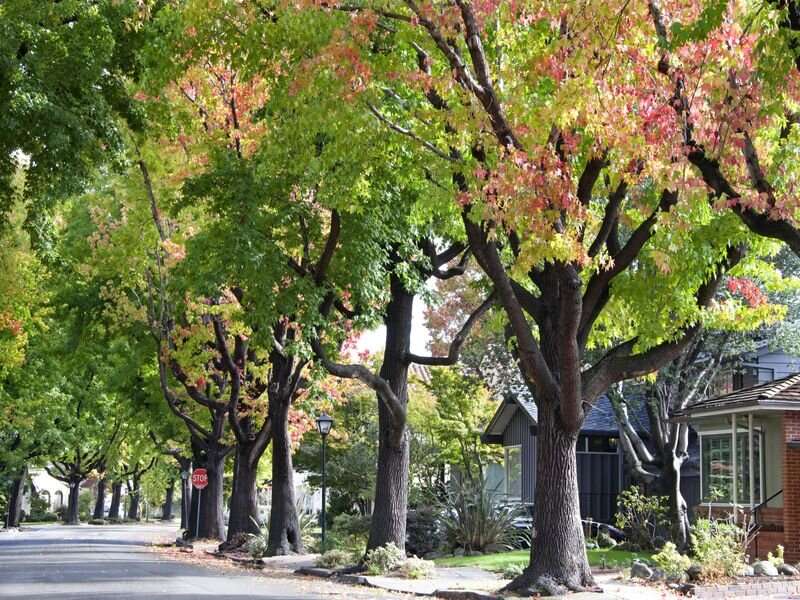
Living in areas with greater greenspace is tied to a lower risk for stroke, according to a study published online April 18 in the Journal of Patient-Centered Research and Reviews.
Heloise Cheruvalath, from Smith College in Northampton, Massachusetts, and colleagues assessed whether residential greenspace is an independent stroke risk factor. The analysis included 1,174 stroke and 4,696 control patients over a three-year period from Milwaukee County, Wisconsin. Greenspace was estimated using the normalized difference vegetation index (NDVI) for a 250-m radius surrounding the participant’s residence.
The researchers observed an inverse correlation between NDVI and stroke risk (odds ratio [OR], 0.33), with lower odds of stroke for patients living in the highest greenspace quartile versus the lowest quartile (OR, 0.81). Patients living in the most deprived quartile had greater stroke risk than those living in the least deprived quartile (OR, 1.28). Compared with White participants, non-Hispanic Black patients lived in residential areas with lower greenspace and neighborhoods with a greater state and national area deprivation index.
Source: Read Full Article
